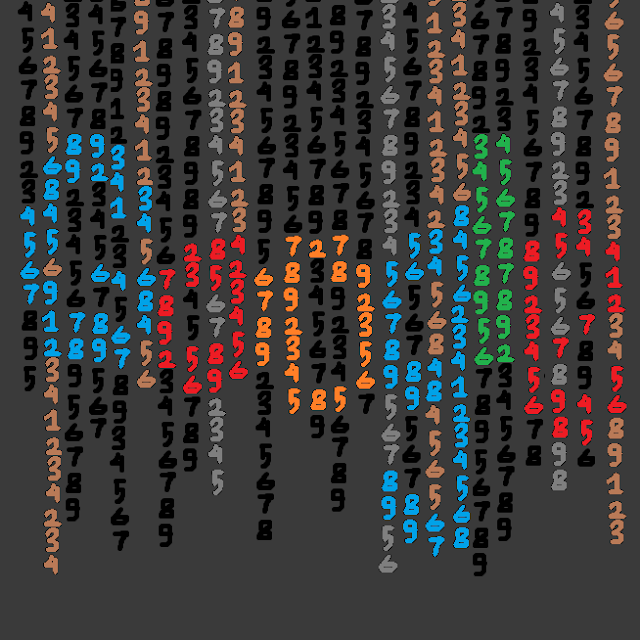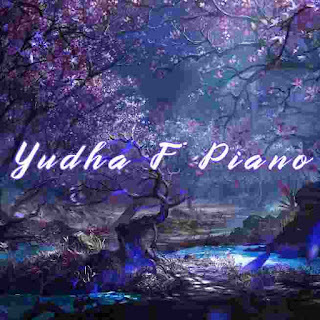Classical vs Contemporary Piano - What’s Your Style? - Blog No. 91
It was a rainy Sunday afternoon when Emma first touched a piano. At seven years old, her tiny fingers stumbled across the ivory keys of her grandmother’s upright, surrounded by the scent of old books and wood polish. The notes of Beethoven’s “Für Elise” floated from a yellowed sheet music stand, beckoning her into a world of timeless tradition.
Years later, under neon dorm lights and earbuds stuffed into her ears, Emma found herself obsessively replaying Yiruma’s “River Flows in You” on Spotify. It wasn’t written 200 years ago. It didn’t demand formal attire or the strict discipline of centuries-old technique. But it stirred something deep in her soul. And she began to wonder—am I a classical pianist, or is contemporary more my style?
This is a question many pianists, from beginners to professionals, eventually face. So today, we explore the rich universe of classical vs contemporary piano, helping you discover where your heart truly lies.
Related
🎹 What Is Classical Piano?
A Legacy of Greatness
Classical piano is not just a genre—it’s an era-spanning tradition. Rooted in Western art music from the Baroque (Bach), Classical (Mozart, Haydn), Romantic (Chopin, Liszt), to 20th-century composers (Debussy, Rachmaninoff), this style is built on rigorous technique, structured composition, and interpretive expression.
When you play classical music, you’re stepping into the shoes of musical giants. You don’t just hit the notes—you embody their emotions, timing, and phrasing. Everything matters: posture, fingering, dynamic control, and historical context.
The Structure and Discipline
Classical pieces typically follow specific forms—like sonatas, fugues, or rondos—and demand a high level of technical accuracy and discipline. It's a bit like ballet: elegant, calculated, and incredibly expressive if you master the technique.
You learn to sight-read fluently, understand harmony and theory deeply, and develop a nuanced touch—something that can take years to refine. For many, this structure is comforting. For others, a bit stifling.
🎶 What Is Contemporary Piano?
The Sound of Now
Contemporary piano breaks the mold. It spans pop, rock, jazz, R&B, film scores, minimalist compositions, and ambient soundscapes. Think of Ludovico Einaudi, Yiruma, Alicia Keys, Jon Batiste, or Jacob Collier. This music thrives on creativity, personal expression, and genre blending.
The contemporary pianist might compose their own works, improvise freely, or play by ear more often than sight-read. The emotional range is wide—from moody lo-fi beats to bold gospel riffs or cinematic ballads. The world is your playground.
Flexibility and Innovation
What makes contemporary piano so appealing today is its adaptability. You can perform solo or as part of a band, integrate electronics, or collaborate across genres. There are no rigid rules—just your unique voice.
Many modern pianists also benefit from YouTube tutorials, digital sheet music, and DAWs (digital audio workstations). It’s a style that encourages exploration and fits into today’s fast-evolving music landscape.
🎼 Comparing Classical and Contemporary Piano
Let’s break it down with a helpful table:
| Feature | Classical Piano | Contemporary Piano |
|---|---|---|
| Era | 1600s–1900s | 1900s–present |
| Key Composers | Bach, Mozart, Beethoven, Chopin | Einaudi, Yiruma, Jon Batiste, Alicia Keys |
| Sheet Music | Formal notation required | Often flexible; may use lead sheets or improv |
| Learning Style | Technical, theory-driven, sight-reading | Experimental, ear-based, intuitive |
| Improvisation | Rare (except Baroque/Jazz crossover) | Common in jazz/pop/R&B styles |
| Expression | Structured but expressive | Freer emotional interpretation |
| Performance Settings | Concert halls, competitions | Studios, live gigs, streaming platforms |
| Tools | Acoustic piano, metronome | Acoustic or digital piano, DAWs, MIDI |
❤️ Why People Fall in Love with Classical Piano
For those who love tradition, classical piano is a rich, emotional journey. You might fall in love with:
-
The emotional intensity of Rachmaninoff’s concertos.
-
The mathematical elegance of a Bach fugue.
-
The technical challenge of Liszt’s études.
-
The historical connection with composers who shaped music forever.
Many pianists describe classical as the “foundation” of all piano music. If you want to build strong technique and deepen your musical understanding, this is your path.
💡 Why Contemporary Piano Speaks to a New Generation
Modern listeners crave relatability and freshness. Contemporary piano provides:
-
Creative freedom to compose or improvise.
-
Genre-fluid options like jazz-pop, neoclassical, or ambient.
-
Easy access through platforms like YouTube, TikTok, and SoundCloud.
-
A chance to reflect modern emotions, stories, and moods.
🎯 Which Style Fits Your Personality?
Are You a Classical Soul?
-
You love tradition and structure.
-
You enjoy historical stories and biographies.
-
You don’t mind practicing the same passage 100 times.
-
You want to master theory and sight-reading.
-
You find beauty in form and precision.
Or Are You a Contemporary Spirit?
-
You like to create, improvise, and collaborate.
-
You enjoy current artists, film scores, or pop melodies.
-
You’re less concerned with “rules” and more with expression.
-
You want to compose, perform, or share online.
-
You thrive in modern, diverse musical spaces.
🎧 Why Not Both?
Here’s a secret: you don’t have to choose.
Many of today’s most influential pianists blend both styles. Lang Lang interprets Liszt one day and Coldplay the next. Jon Batiste combines jazz, soul, and classical in his Grammy-winning work. Even Billie Eilish’s producer brother, Finneas, uses classical piano motifs in pop production.
Studying classical can give you tools for contemporary music. Meanwhile, playing contemporary styles keeps your creative edge alive.
Tip: Try this mix-and-match approach:
-
Morning practice: Chopin Etude.
-
Afternoon chill: Improvise over lo-fi chords.
-
Weekend project: Compose a short piano piece using elements of both.
🔁 Real Talk: Can You Switch Styles?
Absolutely. Transitioning from classical to contemporary (or vice versa) is common. Here’s how:
From Classical to Contemporary:
-
Start with lead sheets or chord charts.
-
Practice improvisation with simple pop progressions (I–V–vi–IV).
-
Study rhythm patterns from jazz, R&B, or funk.
-
Explore digital tools like MIDI and GarageBand.
From Contemporary to Classical:
-
Learn to read standard notation fluently.
-
Take lessons focused on technique and form.
-
Start with simpler classical pieces (e.g., Burgmüller, Clementi).
-
Build patience—it’s more structured, but incredibly rewarding.
🌟 Final Thoughts: Your Style, Your Story
Emma, our young pianist from the beginning of the story, didn’t have to pick sides. She played Chopin during piano exams and improvised her own lullabies at night. She found her voice not in choosing one style—but in blending both.
Classical vs contemporary piano isn’t a battle. It’s a beautiful contrast—one that mirrors your growth, emotions, and goals.
Whether you thrive in the structured world of Bach or the free spirit of Einaudi, your music is valid, powerful, and deeply yours.
Related
🔚 Conclusion: Let the Piano Speak Your Language
As you journey through piano learning or performance, ask yourself not just “what should I play?” but “what speaks to me today?” Because that’s the real magic of music—it grows with you.
So…what’s your style?
Let your fingers decide.



Comments
Post a Comment